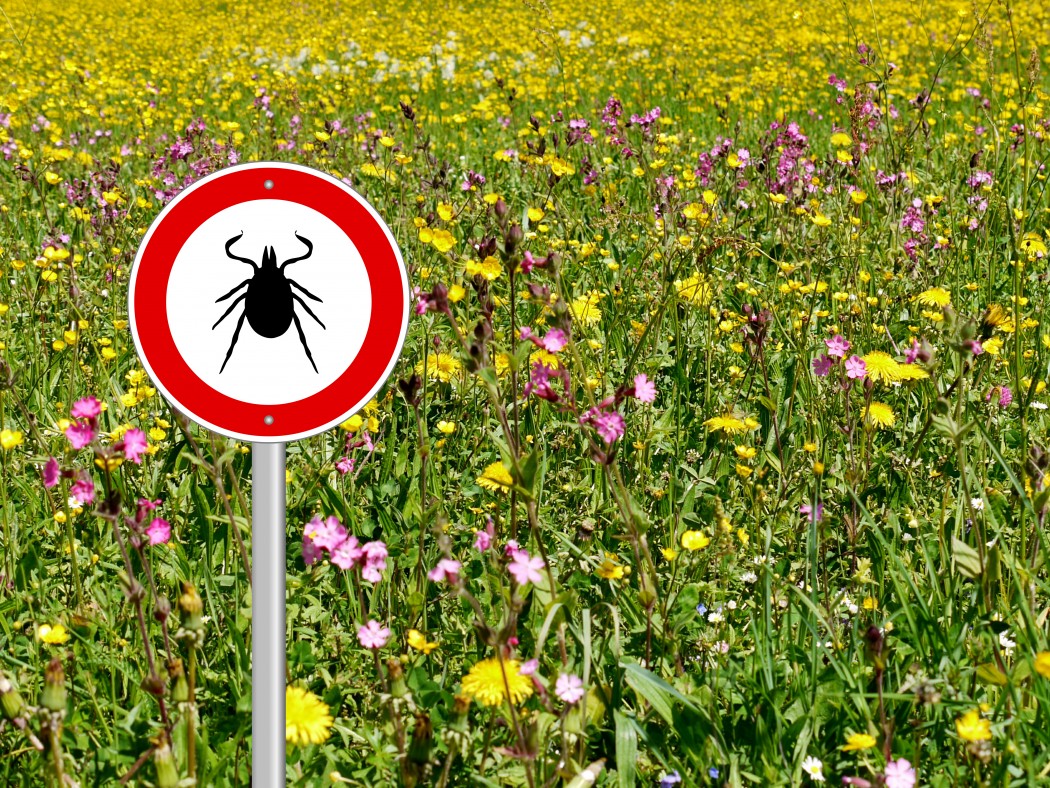Lyme disease is a mysterious tick-borne illness that has been spreading across Canada at a faster rate than ever before. Upwards of 30,000 cases are reported in the U.S. every year, but according to an article by cbc.ca, the actual number could be around 300,000. In 2015, there were more than 700 cases of the illness reported to the Public Health Agency of Canada. Doctors say that if the disease is caught in its early stages it can be cured with two to four weeks of antibiotics, but left untreated some say it could develop into a debilitating illness called Chronic Lyme. Here are some preventative measures you should take to avoid ticks and potentially getting stuck with the terrible illness.
Cover up
Backlegged ticks (the ones that carry Lyme disease) often live in moist and humid environments usually in and around wooded or grassy areas. If you’re stepping through these hot spots, make sure to cover your body with long-sleeved shirts and pants. Be aware of these particular areas and proceed with care.
Use a repellent with DEET
Repellents containing at least 20% DEET (N, N-diethyl-m-toluamide) should be applied to skin and clothing for protection of up to several hours. Caution: Parents should apply repellents to children to ensure it doesn’t end up on children’s hands, eyes, or mouth.
Create a tick-safe yard
Try to keep any play areas, patios, and playground equipment away from bushes, shrubs, and other vegetation. Discourage deer by constructing barriers, like a fence, so that they can’t enter your yard. There are certain sprinkler systems that have motion sensors and will scare deer off as they approach. You can also buy chemical control agents and apply them yourself or hire an expert to do it for you.
Check yourself, your children, and your pets regularly for ticks
Ticks will often climb upwards on clothing until it can get to exposed skin, so it’s important to check your clothes thoroughly in addition to your skin.
Remove attached ticks correctly and carefully
Finding an actual tick on your person can certainly be an unsettling experience, but don’t panic and remove it without thinking first. Use fine-tipped tweezers to remove it the moment you notice the tick. If it’s attached to your skin for less than 24 hours, the risk of Lyme disease is extremely small; however, you’re still at risk for other diseases that are transmitted more easily. Over the next few weeks, be on the lookout for signs of fever or rash and see a healthcare provider if any of the symptoms develop.
Also on RNR:

























